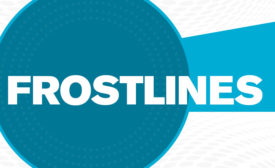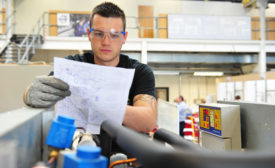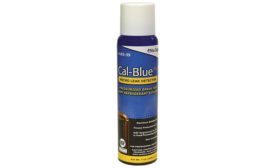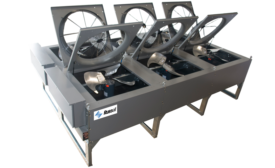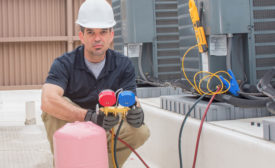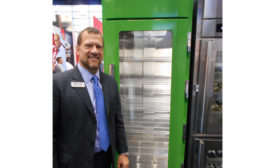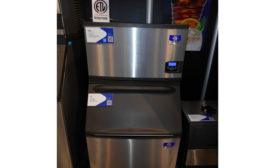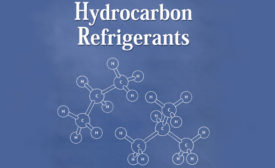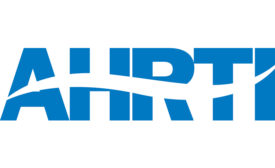Refrigeration
French HFC tax, Sacramento incentive program latest evidence of the rolling tide
Read More
EPA 608 Recordkeeping Impacts Technicians
App helps alleviate refrigerant burden placed on contractors
Read More
Environmental Groups Prepare to Sue the Trump Administration
Litigation centers on the administration’s decision to delay specific regulations
Read More
Refrigeration and Ice Machine Markets Boast Cool Innovations
Heat Transfer Products Group Inc.’s air-cooled condenser takes the top prize
Read More
Defining, Understanding, and Applying Proper Subcooling
Beginning technicians often have difficulty understanding and calculating subcooling
Read More
Emerging From the Regulatory Tunnel
Freezer and cooler manufacturers are primed to get back to customer-centric innovation
Read More
Working Safely with HC Refrigerants
Technicians will soon be encountering R-290 and R-600a in commercial kitchens
Read More
AHRTI Issues First Low-GWP Alternative Refrigerants Report
Residential and commercial ‘worst-case scenarios’ included in A2L research
July 5, 2017
Copyright ©2024. All Rights Reserved BNP Media.
Design, CMS, Hosting & Web Development :: ePublishing
